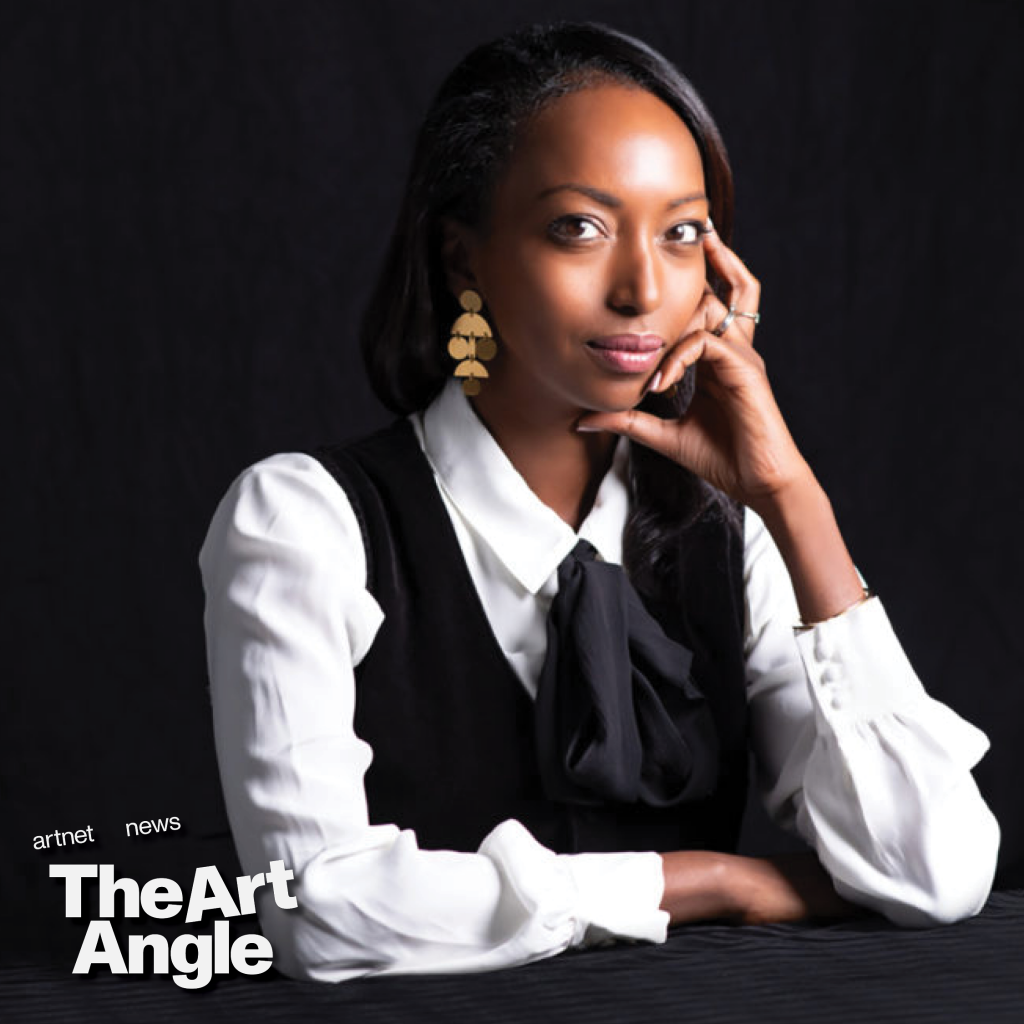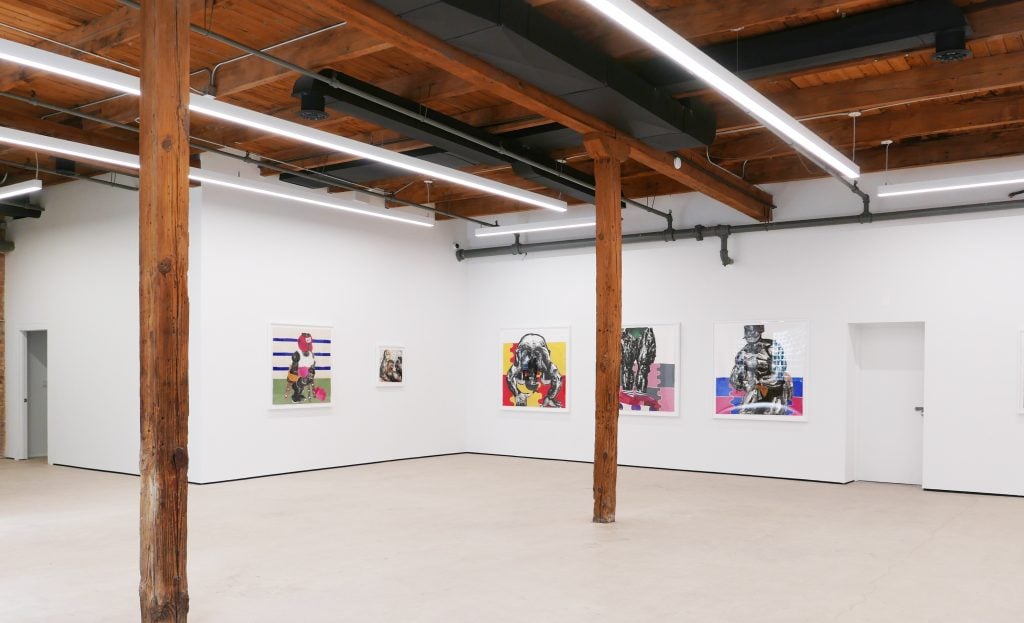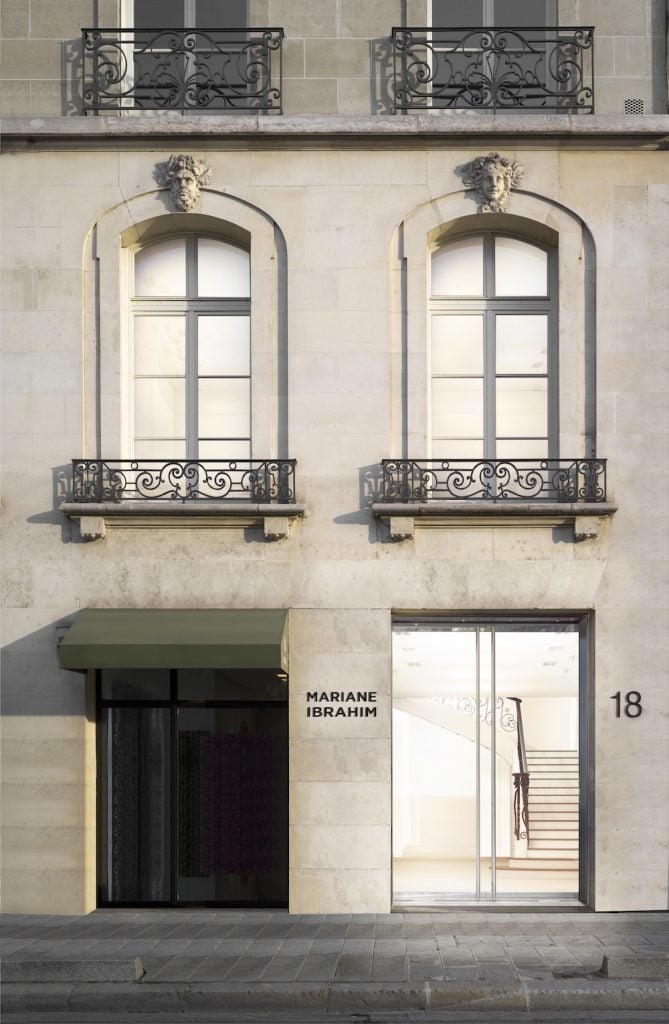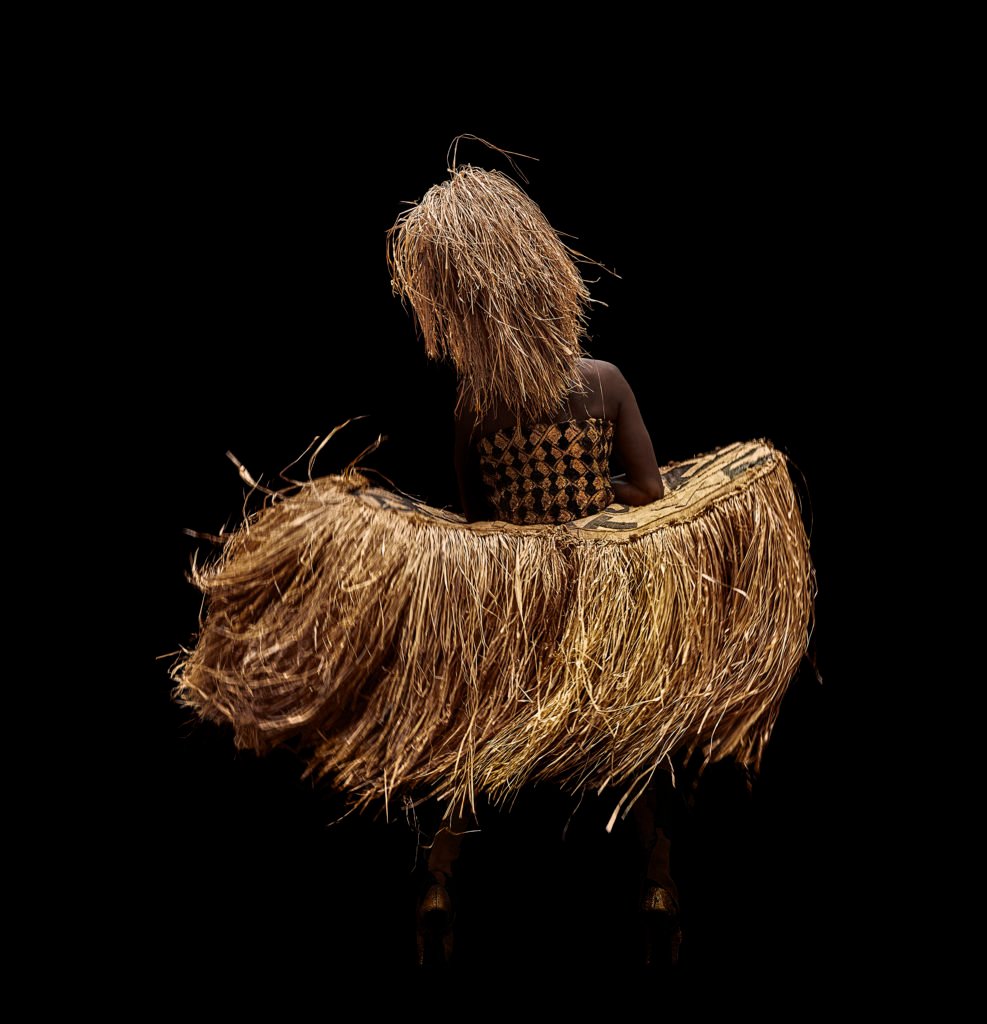The Art Angle
Shattering the Glass Ceiling: Art Dealer Mariane Ibrahim on the Power of the Right Relationships
This week, art and design editor Noor Brara speaks with the gallerist ahead of the opening of her new space in Paris.

This week, art and design editor Noor Brara speaks with the gallerist ahead of the opening of her new space in Paris.

Artnet News

Welcome to Shattering the Glass Ceiling, a podcast from the team at the Art Angle where we speak to boundary-breaking women in the art world and beyond about how art has shaped their lives and careers.
In the final installment of our mini-series Shattering the Glass Ceiling, Artnet News’s art and design editor Noor Brara spoke with pioneering gallerist Mariane Ibrahim, founder of her eponymous gallery. Ibrahim opened her first outpost in Seattle, later launching another outpost in Chicago’s West Town neighborhood. Now, as the last year’s turbulence begins to level off, Ibrahim is taking another giant leap—this time, overseas—to open a location in Paris.
Ibrahim is known within the industry for nurturing an exceptional roster of artists, all of whom she retains a fiercely close relationship with. Though many consider her to be a dealer of African artists, Ibrahim told Artnet News in 2019, “I don’t see artists as ‘African artists,'” adding that reducing individuals with diverse cultural backgrounds would be “very dangerous and opportunistic.”
This dedication is evident in the strength of the exhibitions and near-universal acclaim that follows in the wake of many artists she introduces to the market and continues to represent, from Amoako Boafo to Clotilde Jiménez.
Below, read an excerpt from their conversation.

Installation view, “Clotilde Jiménez: The Contest” Courtesy of Mariane Ibrahim.
You were born in Nouméa, the capital city of New Caledonia, which is not so far from Brisbane in Australia. You moved to Somalia when you were five and moved again, three years later, to France. I’m curious how you feel your childhood experiences and navigating so many different cultures has informed your appreciation of the arts?
All I remember during my childhood in Somalia is all of the love, and also that the society over there was more matriarchal. I was surrounded by a lot of feminine energy, which as a little girl gives you a lot of confidence because I was really raised in an environment that truly appreciated and put women in a place that often is stereotyped within an African Muslim country, women over there were educated, liberated, and an inspiration.
I used to follow a group of girls as they walked to school, chatting and marching like a little girl army. I remember I would wake up early and grab a book and just follow them until they got to school.
In that place I felt visible and invisible at the same time; visible through my personality because I was always a very funny kid, but invisible in the sense that I didn’t have to deal with any issues relating to my identity.
When I came to France is when I felt a total disruption. I felt a disconnect from my childhood, as if something was taken and stolen from me. It was a turning point, where you lose that innocence, and once it’s broken there’s no point in fixing it, you have to accept it and move on, to be fluid. The detachment allowed me to be more free and creative, and lead me to different paths that I wouldn’t normally look at if I’d stayed there.
You had total immersion and then the complete opposite of that right away—as you said it can be both stark and freeing at the same time. Can you tell me if you can recall your earliest memories of being exposed to art?
I grew up in the surroundings of Bordeaux, which is an interesting place—very rich in the transatlantic slave trade history! There are really great attributes in the French education, the first being that public schools over there are probably better than private schools. So that equal opportunity of accessing education was something I immediately recognized and valued. I understood that education was probably the tool I had to get out of a situation, because it is up to my performance.

Mariane Ibrahim is opening a new gallery in Paris on Avenue Matignon. Image courtesy Mariane Ibrahim Gallery.
It’s within your control.
Right, in school, we used to go into the streets and try to figure out what era the buildings were from, what periods they were built, ornamented, decorated, and I think the first encounters that I had was really with all of those public spaces, which made me realize there was a very strong dedication and beauty in making, and that beauty and craft coexist within the same space. So today if you take me on the street I can tell you what is from the 18th, 19th, 20th century!
Also, when I was there it was the bicentennial of the revolution in 1989, so there was a lot of interest in the country, and its history of liberty and equality, especially through the French classical paintings.
So it was not necessarily through my family, environment, or friends, but school that gave me a great introduction to the museums and history of France, and that led me to be more curious about the role of museums in constructing identity, both on a national level and also how people would look at other cultures.

Ayana V. Jackson, The Self-forgetfulness of Belonging Would Never Be Mine, 2019. Courtesy of Mariane Ibrahim Gallery.
You were able to see it from a sort of remove, being a kind of outsider looking in?
I think that perception of the West to other cultures, such as African or Oceanic, it’s pretty linear. They’re actually having you juxtapose two different continents and have the same gaze on these two opposite cultures. That was the first time that I was confronted with my identity, seeing it through the Western canon and how it looks at universal history.
I remember standing in the gallery, and on the one end the Oceanic exhibition and on the other the African art, and I’m standing in the middle, within the same room where you have the same artifacts and textiles from these two places right next to one another. And you know, I remember the trip was very long from Nouméa to Somalia! So that also really revealed the disconnection that I had, understanding the way people would look at the places where I grew up. I didn’t identify with any of these objects! So from that moment I started to realize that something was off in the storytelling.
Listen to the other episodes of Shattering the Glass Ceiling, a podcast miniseries from the Art Angle, below.